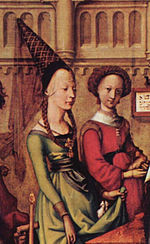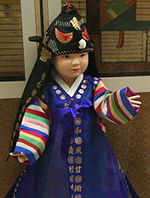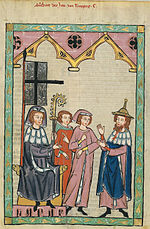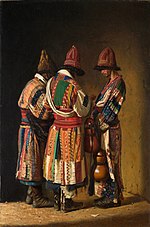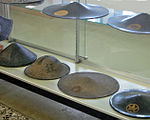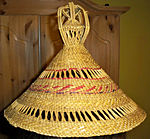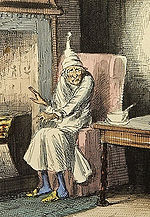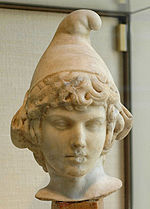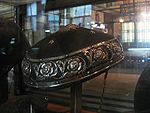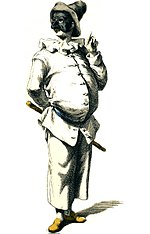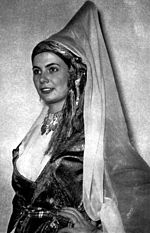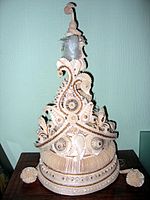
| POINTED HAT
John Michael Wright, Mrs Salesbury with her Grandchildren Edward and Elizabeth Bagot, c.1676, Tate Britain Pointed hats have been a distinctive item of headgear of a wide range of cultures throughout history. Though often suggesting an ancient Indo-European tradition, they were also traditionally worn by women of Lapland, the Japanese, the Mi'kmaq people of Atlantic Canada, and the Huastecs of Veracruz and Aztec (illustrated e.g. in Codex Mendoza). The Kabiri of New Guinea have the diba, a pointed hat glued together.
History
:
Bronze
Age :
Iron
Age :
Yet another female – her skeleton found beside the remains of a man – still wore a terrifically tall, conical hat just like those we depict on witches riding broomsticks at Halloween or on medieval wizards intent at their magical spells.
Besides the Scythians, the Cabeiri as well as Odysseus are traditionally pictured wearing a Pilos, or woolen conical hat.
Ancient conical hats :
Scythian (Saka tigrakhauda) leader with the pointed cap typical of his people
The Hallstatt culture Warrior of Hirschlanden wears a pointed hat or helmet
Relief in Hattusa, probably depicting Suppiluliuma II
Odysseus wearing a Pilos
Hephaestus Middle Ages :
A kazaori eboshi from the Japanese Heian period The 13th-century Cumans commonly wore scythian style pointed hats, and are reported to have fought wearing them.
Originating from the Japanese Heian period, the kazaori eboshi was worn by aristocrats to indicate rank. Still worn today for ceremonial purposes, this black linen hat was used during a samurai's ceremony in attaining manhood.
The Jewish poet Süßkind von Trimberg wearing a Jewish hat (Codex Manesse, 14th century) The Papal tiara in the Middle Ages is sometimes shown as more pointed than in more recent centuries, though also shown with no point. Mitra papalis is a type of conch named after the papal mitre for its form.
Medieval Jewish men wore distinctive headgear as required by European Christian authorities. This included the pointed Jewish hat (or "Judenhut") already worn by Jews, a piece of clothing probably imported from the Islamic world and perhaps before that from Persia.
Popular among Burgundian noblewomen in the 15th century was a type of conical headgear now called a hennin.
From the 13th to the 15th Century, the liripipe hood was commonplace, where the rear of the hood was considerably extended (to a meter or more) in a conical form, which was variously worn as a scarf, or allowed to hang behind, in the form now commonly found now in academic robes.
Modern times :
Pointed hats at 2017 Courir de Mardi Gras in rural Louisiana The Spitzhut is a traditional kind of headgear in Bavaria.
Pointed hoods were used by various orders and Catholic lay confraternities for processions, e.g. the Semana Santa of Sevilla who wore the Capirote.
Pointed hats are still worn in the rural Louisiana Mardi Gras celebrations by the Cajuns, the Courir de Mardi Gras, where they are known as capuchons.
The Ku Klux Klan has worn this headgear since its first era.
Tall conical hats are common to traditional folk ceremonies in many parts of Europe, particularly at Carnival time. Examples can still be seen in Italy, Spain and Bulgaria.
The May Day hobby horses of Padstow and Minehead in southwest England have pointed hats with masks attached.
Folklore
and fiction :
Types :
Bashlyk :
This traditional Turkic and Cossack cone-shaped headdress hood is usually made of leather, felt or wool. It is an ancient round topped felt bonnet with lappets for wrapping around the neck.
Capirote
Historically, the capirote was a cardboard cone worn in Spain.
Capuchon
A capuchon is a ceremonial hat worn during the Mardi Gras celebration in the Cajun areas of southwestern Louisiana, known as the Courir de Mardi Gras.
Asian conical hat
Known as a sedge hat, rice hat, paddy hat or coolie hat, this simple style of hat is often made of straw. It originated in East, South and Southeast Asia, particularly Vietnam, China, Japan, Korea, Cambodia, Philippines, India, Bangladesh and Indonesia.
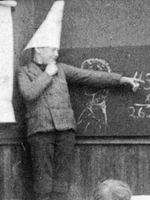
Dunce cap
In popular culture, the dunce cap is typically made of paper and often marked with a D or the word "dunce", and given to school children to wear as punishment by public humiliation for misbehaviour and, as the name implies, stupidity.
Fulani hat
A conical plant fiber hat covered in leather both at the brim and top, worn by men of the Fulani people in West Africa.
Golden hat
This type of hat is a very specific and rare type of archaeological artifact from Bronze Age Europe.
Hennin
Most commonly worn in Burgundy and France by women of the nobility, the hennin appears from about 1430 onwards. Later, though, this hat spread more widely, especially in the truncated form. Typically, the hennin was 12 to 18 inches (30 to 45 cm) high, generally accompanied by a veil that usually emerged from the top of the cone and was allowed to fall onto the woman's shoulders.
Hogeon
This Korean traditional headgear for young boys aged one year to five years has flaps, and is a type of gwanmo.
Jewish hat
The Jewish hat was often white or yellow, worn by Jews in Medieval Europe and some of the Islamic world.
Kalpak
This high-crowned cap is usually made of felt or sheepskin. It is worn by men from southeastern Europe, Iran, Central Asia and the Caucasus.
Kasa
A Kasa is any of several kinds of traditional hats of Japan.
Madhalla
Traditional straw hat from Yemen.
Mokorotlo
A straw hat used traditionally by the Sotho people. It serves as the national symbol of Lesotho.
Nightcap
This garment is worn while sleeping, often with a nightgown, for warmth.
Party hat
A party hat is generally a playful conical hat made with a rolled up piece of thin cardboard, usually with designs printed on the outside and a long string of elastic going from one side of the cone's bottom to another to secure the cone to one's head.
Phrygian cap
The Phrygian cap is a soft cap with the top pulled forward. Associated in antiquity with the inhabitants of Phrygia, a region of central Anatolia; from the French Revolution a symbol of revolution, liberty and republicanism - and in modern times with Smurfs.
Pileus
The pileus was, in Ancient Greece and Rome, a brimless, felt cap, somewhat similar to a fez.
Salakot
Usually made from rattan or reeds, this is a traditional hat from the Philippines.
Sugar loaf
This very tall, tapering hat was first worn in medieval times. Its name comes from the loaves into which sugar was formed at that time. The sugar loaf hat is a kind of early top hat ending in a slightly rounded conical top.
Tantour
Similar to the hennin, this woman's headdress was popular in the Eastern Mediterranean during the 19th century. The most ornate tantours were made of gold and reached as high as 30 inches. Some were encrusted with gems and pearls. The tantour was held in by a ribbons tied around the head. A silk scarf was wound around the base with a white veil attached to the peak.
Topor
A topor is worn during Bengali Hindu wedding ceremonies. It is usually white, fragile, and made of sholapith.
Source :
https://en.wikipedia.org/ |
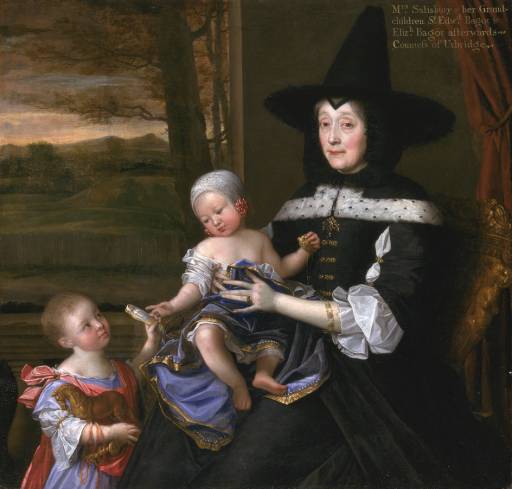
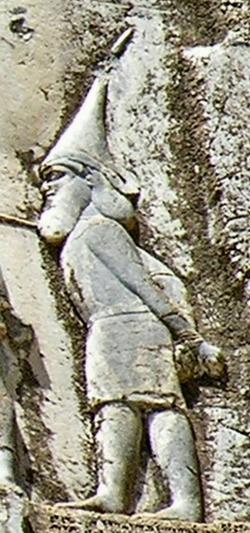
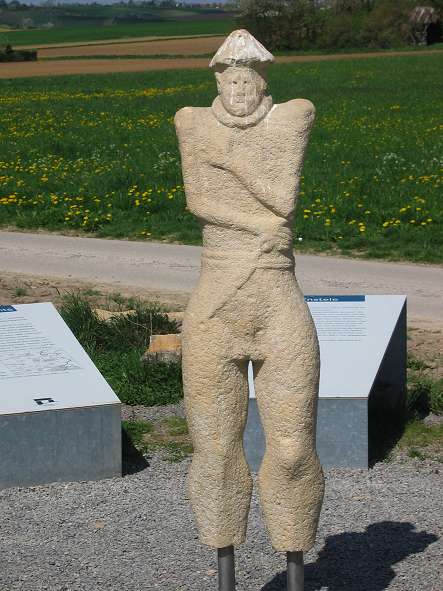
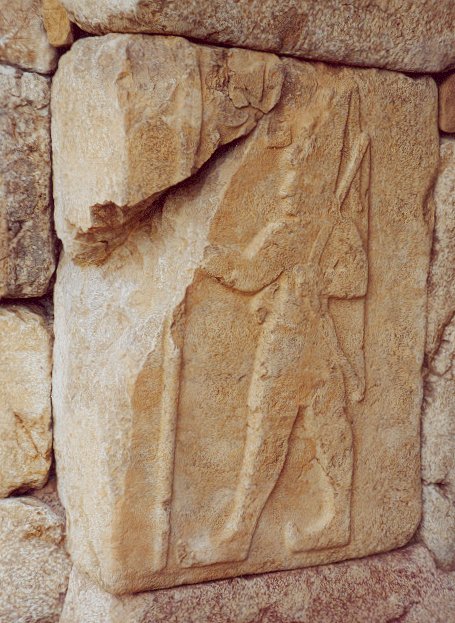
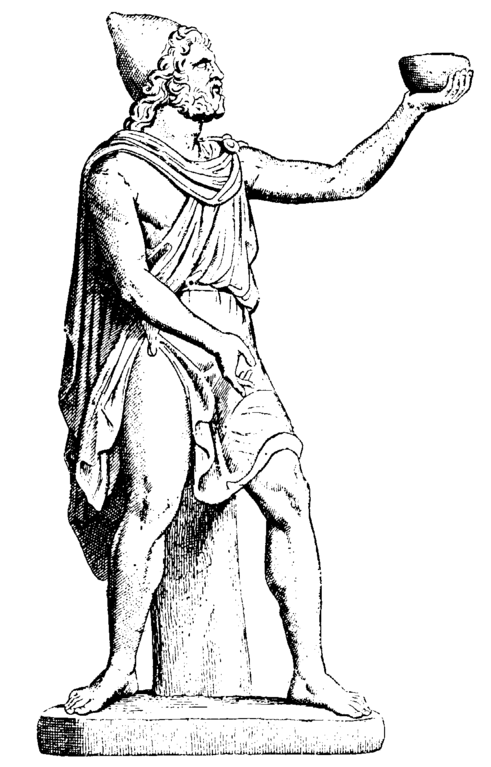
_-_Foto_Giovanni_Dall%27Orto,_10_june_2011.jpg)
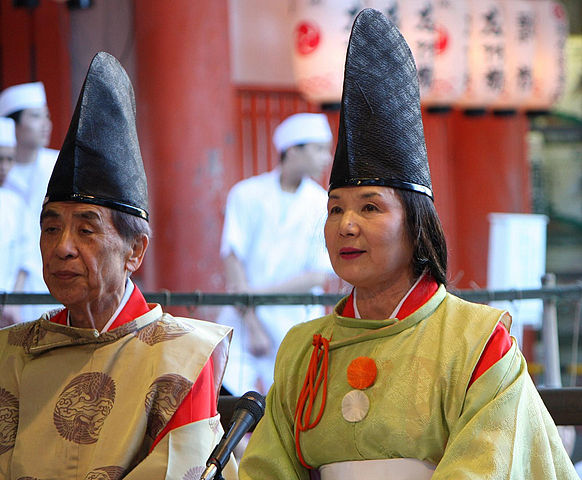
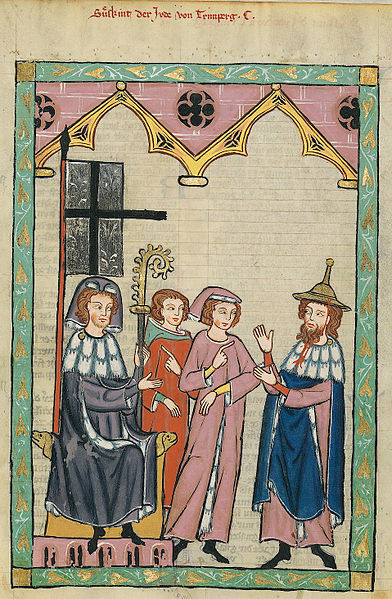
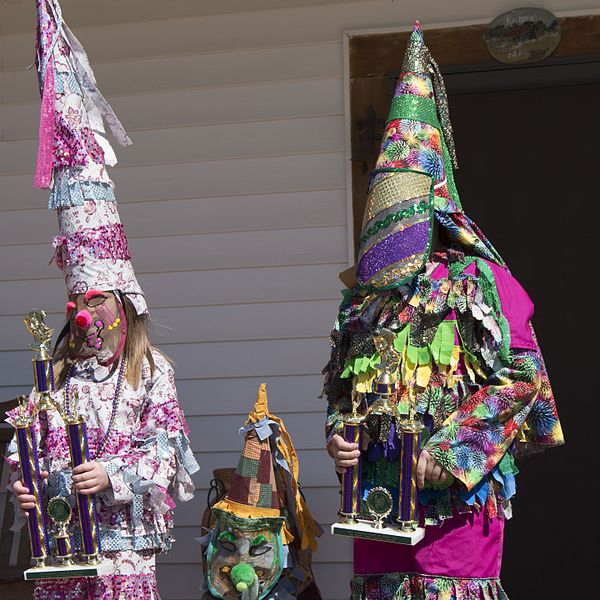
_in_the_Holy_Week_parade_in_Granada_(IMG_5519a).jpg)
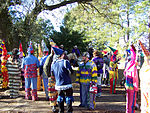
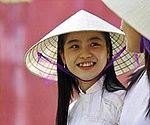
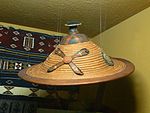
_2010-12-19_054.jpg)
